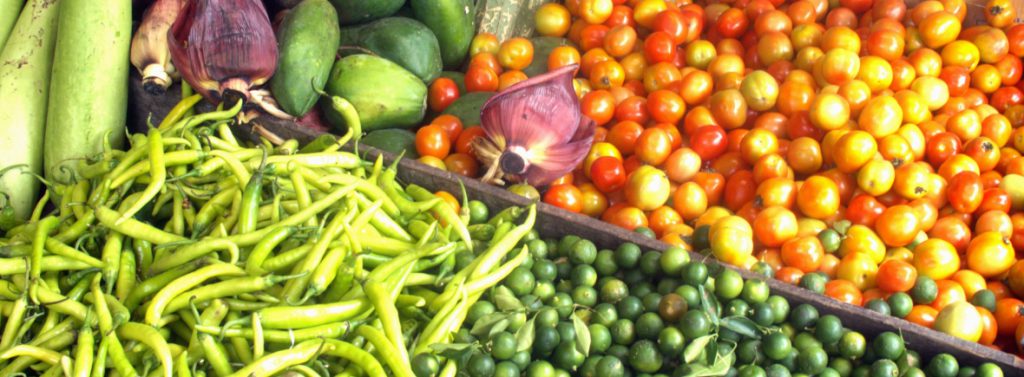
The California Department of Resources Recycling and Recovery has awarded $11 million in grants to 36 local projects that prevent waste, reduce pollution, and combat climate change by getting good food to Californians who need it.
CalRecycle’s Food Waste Prevention and Rescue Grant Program aims to reduce methane emissions by keeping edible food out of California landfills through food waste prevention, donation, and redistribution to the 1 in 8 Californians (including 1 in 5 children) who lack the resources to guarantee their next meal.
The estimated 93 million pounds of food diverted from landfills by these projects equates to about 78 million meals, according to the U.S. Department of Agriculture.
“Edible food disposal is a humanitarian tragedy and a tremendous waste of California’s resources,” CalRecycle Director Scott Smithline said. “These local food waste prevention and rescue projects make our communities healthier and help California combat climate change by getting us closer to the revolutionary methane reduction targets required under California’s new Organics Recycling and Food Waste Prevention law.”
Food waste makes up nearly 20 percent of California’s disposal stream.
- When sent to landfills, food and other organic waste decomposes and generates methane, a potent greenhouse gas that contributes to climate change.
- Besides the opportunity to feed Californians in need, what’s also lost with food waste is money spent along the food production chain, including the cost of energy, water, fertilizer, harvesting, production, storage, and transportation.
CalRecycle’s Food Waste Prevention and Rescue Grant Program is part of California Climate Investments, a statewide initiative that puts billions of Cap-and-Trade dollars to work reducing greenhouse gas emissions, strengthening the economy, and improving public health and the environment—particularly in disadvantaged communities.
Projects eligible for the grant program must be located in California; result in permanent, annual, and measurable greenhouse gas emissions reductions; and increase the quantity of California-generated food materials prevented, reduced, or rescued from disposal. Many of the following grant recipients serve multiple counties.


